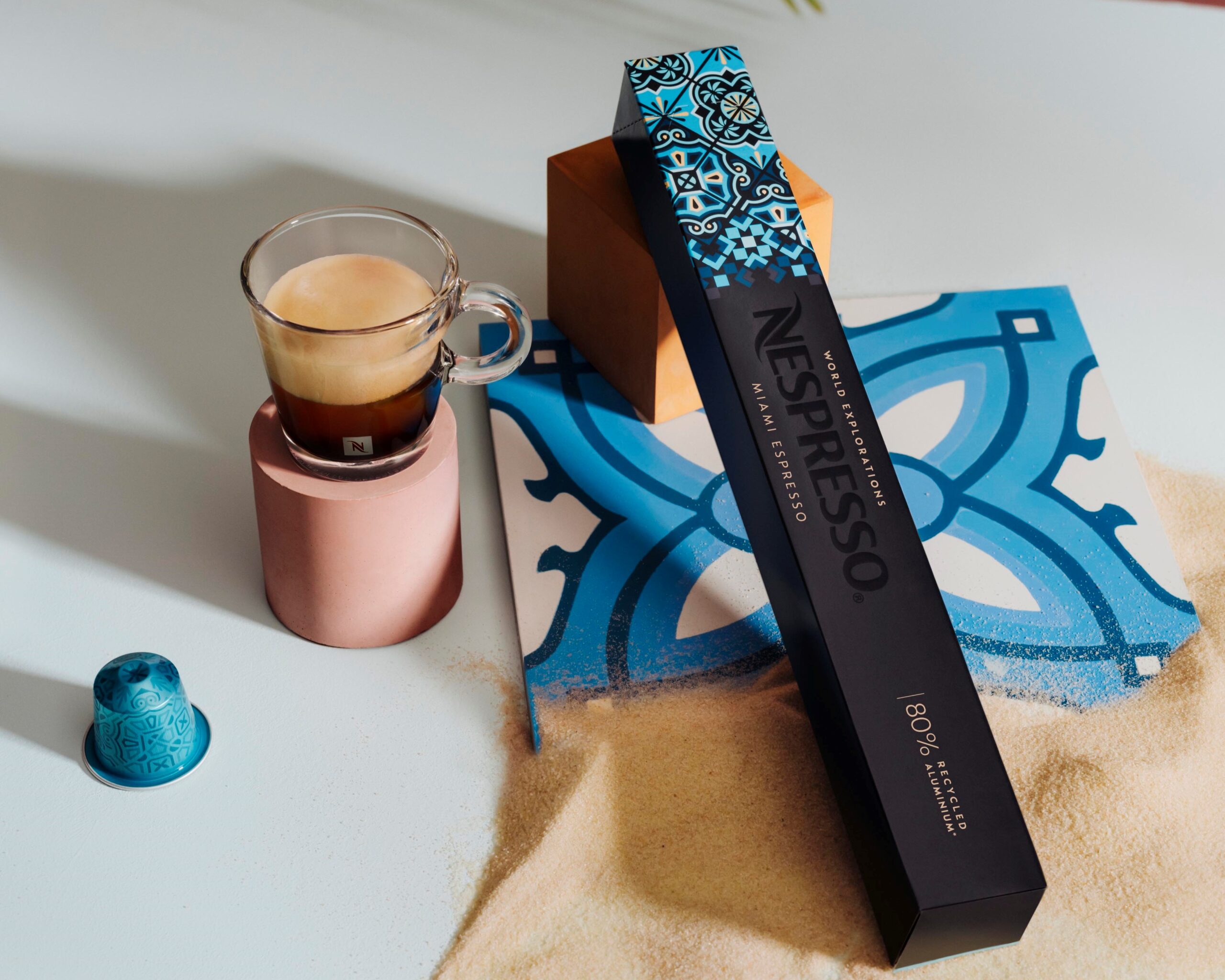A glimpse into the Chinese New Year traditions in the Philippines
By the time you’re reading this, the festivities at Manila’s preeminent Chinatown in Binondo (considered the world’s oldest Chinatown), with the spectacle of parades trotting to the sounds of thundering drumbeats and spectacular firework displays have drawn to a close, officially ringing in the Year of the Rooster.
While the celebrations in the Philippines aren’t as grandiose as those in Mainland China (which last for about two weeks), most Filipinos also celebrate the turn of the lunisolar calendar, subscribing to the belief that doing so will bring them good luck, fortune and a better year ahead.
The celebration of the Chinese New Year (CNY) in the Philippines can be likened to a festivity of cultural amalgamation between the Chinese and Filipinos. Pre-dating the Spanish occupation, China has had a deeply rooted cultural legacy in the country, with ancient customs blended with the local culture.
ICYMI, here are some of the traditions that have found their way to the local cultural fiber:
Red! As you may have noticed this past weekend, this color is predominant in the CNY revelry. People generally dress up in red for the occasion, while children receive “lucky money” inside bright red envelopes called “ang pao,” which are also believed to keep evil spirits away from children and ensure them a peaceful new year. Traditionally, the money placed inside should be an even amount, as odd-numbered values are traditionally reserved for funerals.
Another predominant CNY tradition is the festive parades marked by dancing lions and dragons (or at least dancing people dressed as ones), said to attract prosperity, health and wisdom.
For those who choose to be all-in with CNY, it is during this time where people thoroughly clean their homes, supposedly to ward off evil spirits. This practice is also equated to getting rid of the old and welcoming in the new.
Lucky charms are also bought and displayed in homes and business establishments in order to usher in abundance and good energy.
Sweets also take its place in the celebrations, as candies are traditionally being thrown on the streets to attract prosperity.
Culinary symbolisms
Tikoy A prominent feature of the CNY festivities in the Philippines is the sticky sweet treat known as tikoy (CNY cake). It is said to be derived from the nian gao of southern China that Fukienese immigrants brought to the Philippines. Made up of sticky or glutinous rice, lard, sugar, water, tikoy symbolizes the unity and harmony among friends and family.
Noodles Pancit or stir-fried noodles is another popular dish during this period (even more so than it already is). Noodles are believd to symbolize long life.
Dumplings are also commonly served because it is believed that luck is symbolically wrapped inside.
Hopia Anything round is considered a symbol of good fortune, and hopia—a pastry usually filled with a sweet paste of mug bean is among the popular food representations of this; a humbler version of the moon cakes served during the mid-Autumn festival.
Round fruits such as oranges and pomegranates are also believed to symbolize coins and bring a prosperous New Year. Mandarin oranges and tangerines are the most popular fruit in China on New Year’s because of their golden color and are believed to represent wealth and good luck.
Fish According to the Chinese, another way to invite wealth and happiness for the coming year is by serving a whole fish. The Chinese believe that eating the whole fish with the head and tail intact symbolizes a year’s beginning all the way to its end. The Chinese word for fish also sounds similar to the word for abundance.
Prawns In Cantonese, the pronunciation of the word prawn is similar to the sound of laughter representing a happy life filled with laughter.
By VIA BAROMA

Gong Xi Fa Cai
Published on January 31, 2017
This post was last updated on March 26th, 2020 at 02:56 pm











